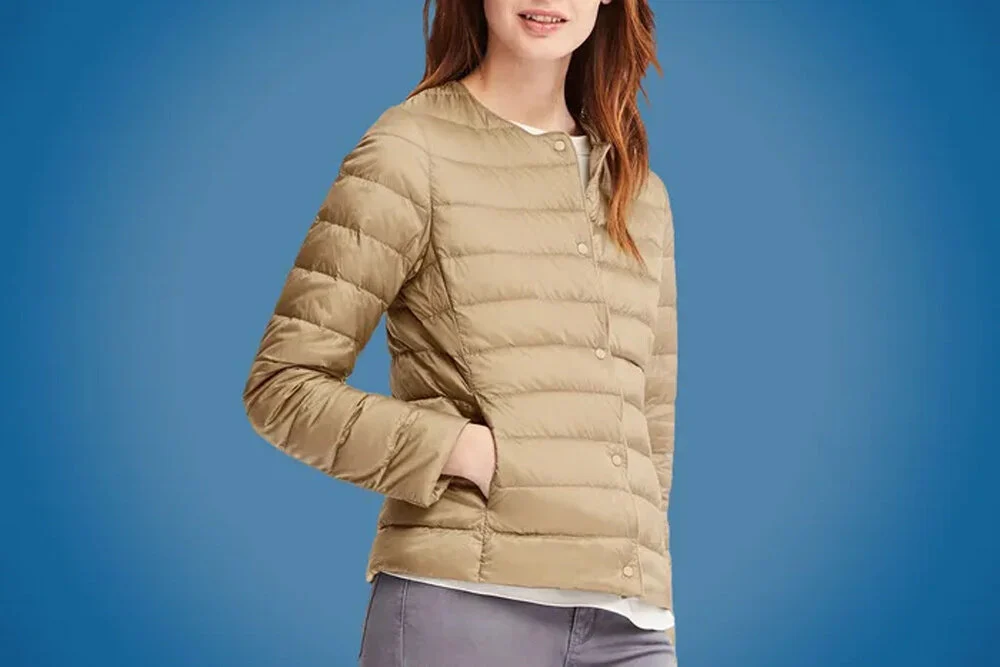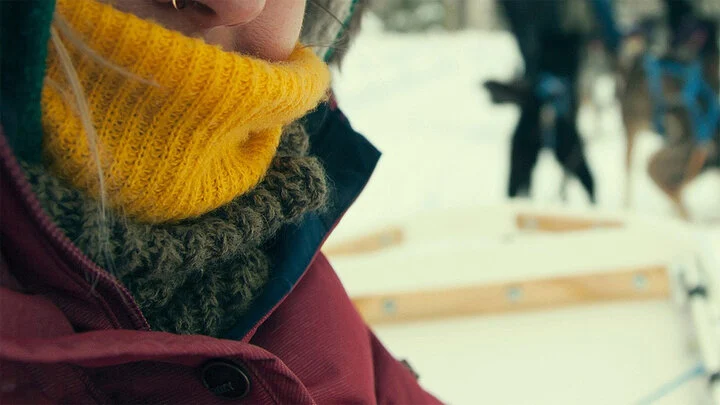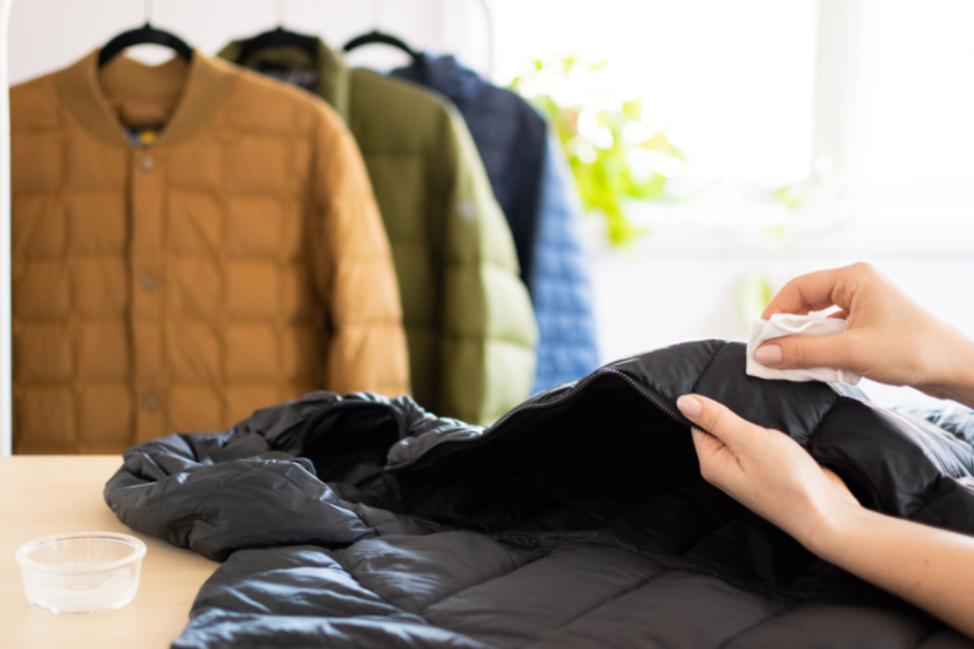Staying warm without looking bulky is a common concern for many women during the cold winter months. There are, however, numerous ways to stay warm and look stylish, sleek, and slim without having to layer on excessive clothing or resort to bulky coats.
How to Stay Warm and Look Stylish During Cold Snaps
If you prioritize looking polished and well-put-together, and worry about appearing bulky in layers of clothing during cold snaps, consider the following suggestions.
Always Wear Thermal Underwear
Thermal underwear is thin yet magical; it helps prevent body heat from escaping while also blocking out the cold. When worn as a base layer, you won’t need to pile on too many extra layers. Even when you step indoors and take off your coat, thermal underwear with heattech technology will continue to keep you warmer than regular cotton underwear, ensuring you feel comfortable and cozy.
To maintain a fashionable look, choose thermal underwear with a neckline that complements your outerwear, such as a turtleneck, scoop neck, crew neck, or wide boat neck that falls off the shoulders.
Ultra-Thin, Ultra-Light, Ultra-Warm Coats
You can easily find ultra-thin, ultra-light, and ultra-warm coats in stores that sell winter apparel. Despite their thinness, these coats are incredibly effective at keeping you warm, even during cold snaps. Adding this layer won’t make you look much bulkier.

Thin and Fitted Inner Layer
If you don’t have thermal underwear, wearing a thin, long-sleeved, and fitted inner layer is another effective way to stay warm and look stylish. The thinness of the layer helps maintain a slim silhouette, while the fitted style prevents heat from escaping. This combination will keep you warmer than a thicker, looser-fitting garment.
Wear Pantyhose Even Under Pants
Pantyhose are typically worn with skirts and dresses, but during cold snaps, wearing them under your pants can be a surprising yet effective way to stay warm. They maintain a natural look while providing an extra layer of protection against the cold and wind. Many people who wear sneakers also wear regular short socks along with thin, skin-colored pantyhose to enhance warmth.
When your legs and feet are warm, you won’t need to bundle up as much on your upper body. Conversely, if your feet are cold, you’ll feel chilly even if you’re wearing a thick coat.
If you insist on wearing a short skirt or dress during a cold snap, choose warmer fabrics like leather, fleece, or wool, and don’t forget to wear fleece-lined pantyhose underneath. This way, you can confidently show off your legs without freezing.
Scarves and Hats
The neck and chest area play a crucial role in keeping you warm. A scarf not only adds style to your outfit, but it also eliminates the need for multiple layers of clothing. When you’re outdoors, a large, thick scarf that covers your head and neck will shield you from the cold wind, allowing you to confidently wear a skirt or dress (paired with fleece-lined pantyhose, of course).

During extremely cold weather, if you leave your head and neck uncovered, you’ll likely feel chilly and run the risk of catching a cold, even if the rest of your body is bundled up.
If you don’t want to wear a large scarf that covers your head, make sure to wear a hat when you go outside. It could be a beanie, a beret, or even the hood of your coat.
Gloves
Gloves are small but mighty; they can make a significant difference in keeping you warm when facing the cold outdoors. If you’re dressed warmly but forget to wear gloves, you’ll likely feel colder than someone who is dressed in fewer layers but has their hands covered.
High-Top Shoes
Wearing high-top shoes is an excellent way to stay warm and look stylish during the winter. They provide exceptional warmth for your feet and give off a fashionable and dynamic vibe.
Heat Packs
If you’ve tried all the above tips but still feel chilly, consider using heat packs, which are readily available in the market. Some heat packs are designed to be stuck onto your innerwear, targeting areas like the back and chest. Others can be applied directly to the skin.
Heat packs are also a lifesaver for women who need to attend special events and wear revealing outfits during cold weather.



































